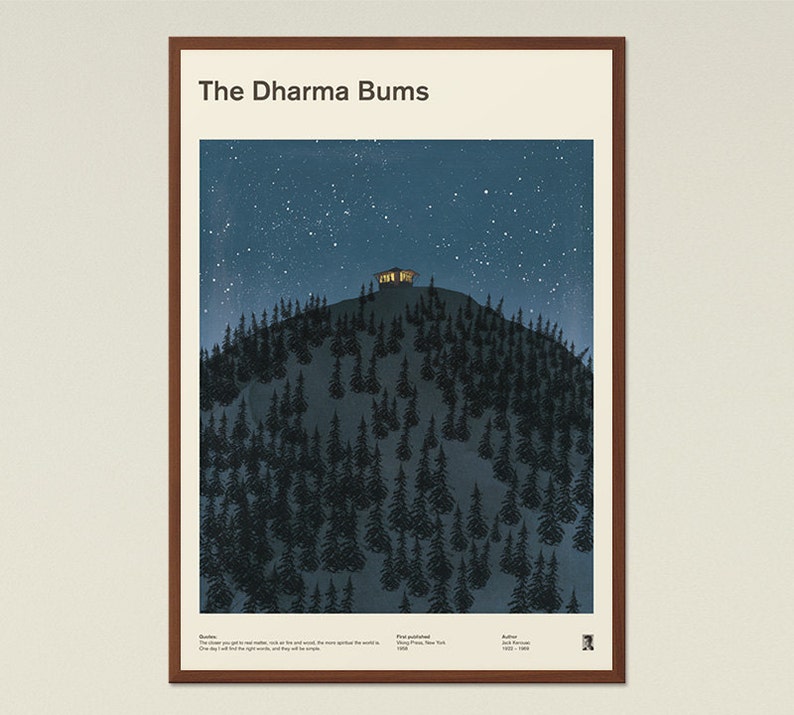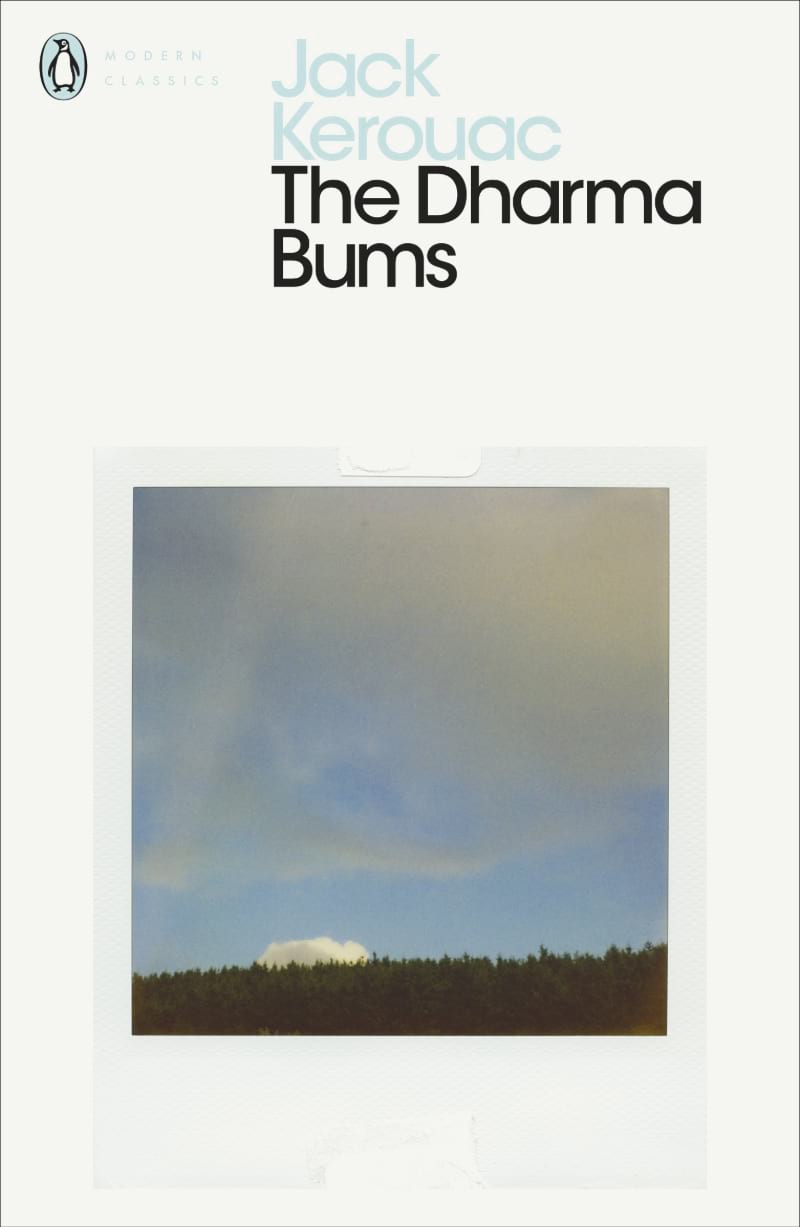

I’ll mention one other of the characters, Alvah Goldbook, who stands for Allen Ginsberg. A short expedition up a mountain is among the most memorable parts of the book. Second, Ryder is a mentor in sharing various life lessons with Smith, including introducing him to mountaineering. First, Ryder’s knowledge and practice of Buddhism is much more advanced than Smith’s-though they occasionally disagree because Ryder is a Zen Buddhist and Smith has an affinity for a more mainstream sect, Smith learns much about Buddhism and Eastern philosophy from Ryder. The most important of these individuals (besides Smith / Kerouac) as far as the book is concerned is Japhy Ryder who represents the Zen poet Gary Snyder. The book then spends time with a series of characters who map to real life members of the Beat Generation. The book begins with Ray Smith (the fictional counterpart to the real Kerouac) hopping a freight car in the manner of Jack London’s “The Road” (not to be confused with Cormac McCarthy’s “The Road,” nor Kerouac’s own “On the Road”) Therefore, the happenings of the book are as scattershot as real lives tend to be. The book is literary fiction and places more emphasis on character than plot, and–furthermore-the events of the book read as though loosely autobiographical.


Beatniks, the 1950’s predecessor counter-culture to the hippies) who followed (or were enamored by) Buddhism, and who eschewed a materialistic lifestyle-which is to say they worked only when they needed to in order to put bread on the table or when they found it satisfying to do so. Dharma Bums were members of the Beat Generation (i.e. This may or may not be self-evident, despite the fact that it’s essentially what the two words crammed together suggests. What one needs to know to get a feel for this book is neither a summation of events nor the description of some crisis that sets up those events instead, one simply needs to know who dharma bums were.


 0 kommentar(er)
0 kommentar(er)
